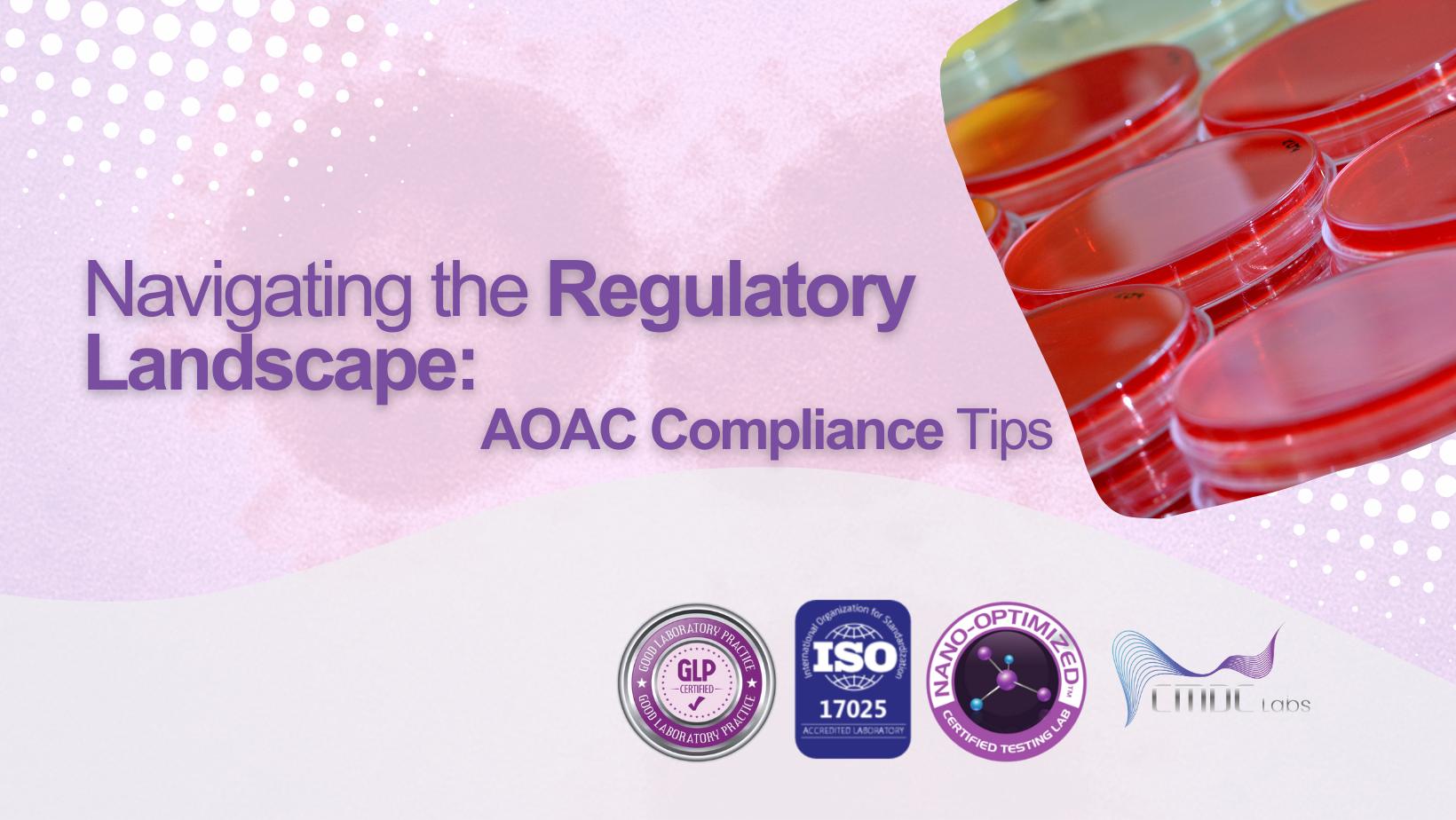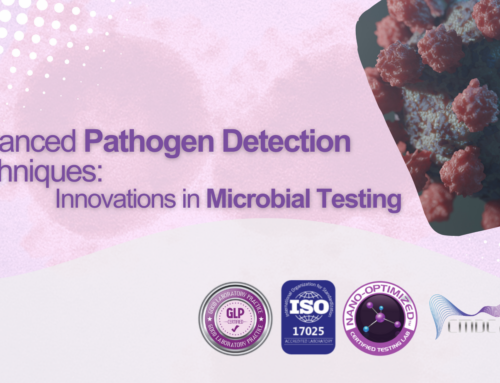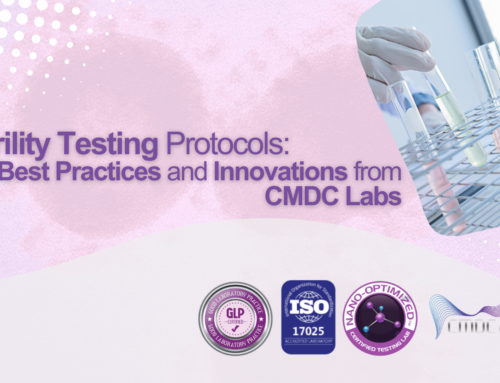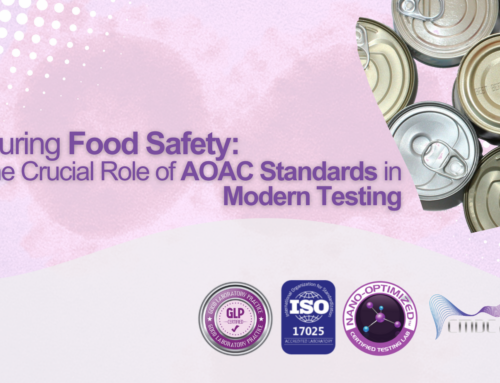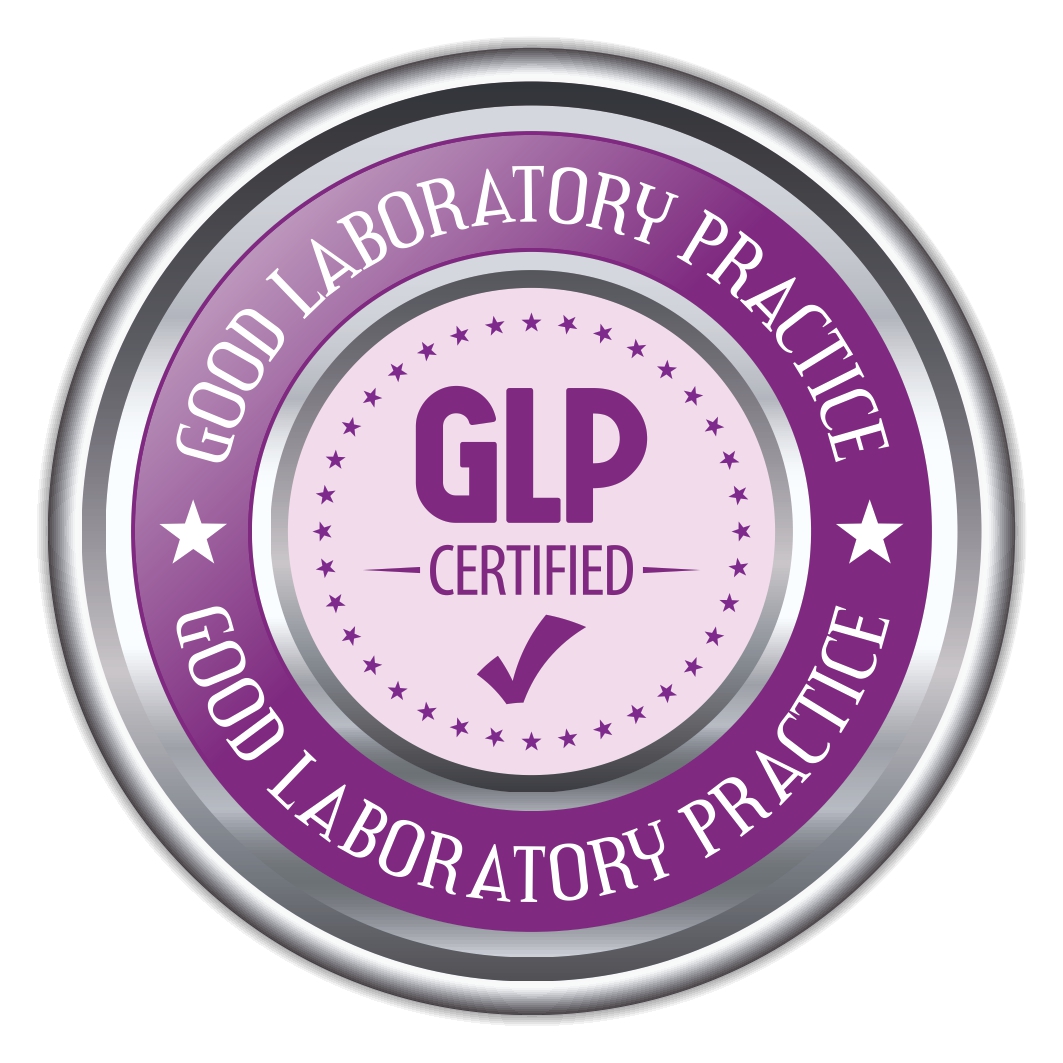In the realm of analytical testing, adhering to regulatory standards is paramount. For laboratories involved in food safety, environmental monitoring, or pharmaceutical quality control, compliance with AOAC International methods is not just recommended—it’s obligatory. AOAC International, a globally recognized authority, sets the gold standard for analytical methods validation, ensuring accuracy, precision, and reliability in testing protocols. Navigating the regulatory landscape governed by AOAC standards requires meticulous attention to detail and a thorough understanding of compliance requirements. Here are some essential tips for laboratories aiming to achieve and maintain AOAC compliance:
- Comprehensive Method Validation: AOAC compliance hinges on the robust validation of analytical methods. Laboratories must conduct thorough method validation studies to demonstrate the accuracy, specificity, sensitivity, and repeatability of their testing procedures. This involves meticulously documenting every step of the validation process, including sample preparation, instrument calibration, and data analysis. By adhering to AOAC guidelines for method validation, laboratories can instill confidence in the reliability of their test results.
- Calibration and Quality Control: Accurate calibration of analytical instruments is indispensable for AOAC compliance. Laboratories must calibrate their equipment regularly using certified reference materials and traceable standards to ensure measurement accuracy. Additionally, implementing robust quality control measures is essential for monitoring the precision and accuracy of test results. This involves analyzing control samples alongside test samples to verify the performance of analytical methods and identify any deviations from expected outcomes.
- Documented Standard Operating Procedures (SOPs): Clear and well-defined standard operating procedures (SOPs) are the cornerstone of AOAC compliance. Laboratories must develop SOPs that outline every aspect of the testing process, from sample preparation to data analysis. These SOPs should delineate the roles and responsibilities of laboratory personnel, specify equipment calibration procedures, detail sample handling protocols, and establish criteria for result interpretation. By adhering to documented SOPs, laboratories can ensure consistency, reproducibility, and compliance with AOAC standards.
Navigating the regulatory landscape governed by AOAC compliance requirements can be daunting, but with meticulous planning, rigorous validation, and adherence to best practices, laboratories can achieve and maintain compliance while delivering accurate and reliable test results.

